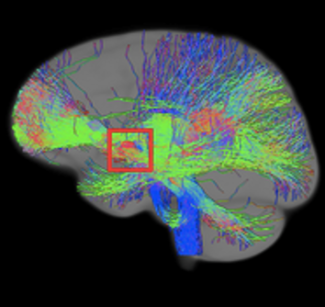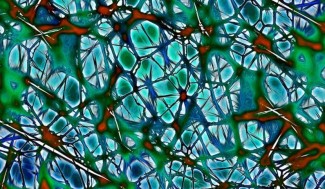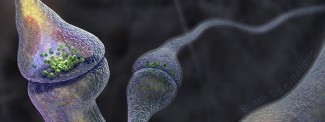Tourette’s syndrome, like many other neurological diseases, has a genetic component. Though it is not hereditary, a patient’s relatives have a genetic predisposition that increases the risk of developing the disease.
Causes of Tourette’s syndrome
Tourette’s syndrome, like many other neurological diseases, has a genetic component. Though it is not hereditary, a patient’s relatives have a genetic predisposition that increases the risk of developing the disease.
50% of identical twins and around 8% of first-degree relatives showed a match for this syndrome. However, the genes that predispose a person to the disease (which are likely to be numerous and interacting) have not yet been identified, making molecular diagnosis impossible for the time being.
Environmental factors, immune responses and exposure to toxic factors during in utero development and after birth are also suspected. This makes it a multifactorial syndrome.
At Paris Brain Institute
Andreas Hartmann, Yulia Worbe and Christel Depienne (’Mov’It: Movement, Investigations, Therapeutics). Normal and Abnormal Motor Control: Movement Disorders and Experimental Therapeutics’ team, led by Professors Vidailhet and Lehericy, are members of the Tourette Syndrome Association International Consortium for Genetics.
Anonymous genome screening, i.e. a study of all chromosomes to search for genes predisposing a person to the disease, led by consortia in 2019, and involving 4,819 patients and 9,488 controls, has identified several regions of the genome involved in the emergence of Tourette’s syndrome and in particular in the emergence of tics.
Professor Yulia Worbe, member of the ’Mov’It: Movement, Investigations, Therapeutics. Normal and Abnormal Motor Control: Movement Disorders and Experimental Therapeutics team, led by Professors Vidailhet and Lehéricy, is also a member of the International Consortium on Transcranial Magnetic Stimulation (TMS) in Tourette’s syndrome. This consortium, which brings together researchers from the United Kingdom, Canada and the United States, aims to identify the diagnostic and evolutionary neurophysiological markers of this syndrome.




